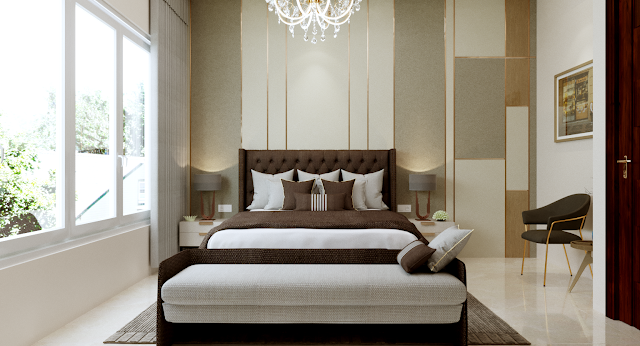Scandinavian bedroom decoration is perfect for you to apply if you prefer a clean look that is not much color in a room, one of which is included in the bedroom. The Scandinavian decoration is synonymous with pure white color which makes the room seem more spacious and more comfortable because it makes you more comfortable.
There is the application of interior design in a classic or modern style bedroom such as a minimalist design that looks simpler. However, it is not only minimalism that is thick in its simplicity. Scandinavian-style decoration also offers simplicity combined with modern concepts. For those of you who are interested in turning your bedroom into the Scandinavian style, here are some inspirations you can try.
One of the things you should know about Scandinavian interior decoration is a very limited color palette. Your bedroom should be dominated by white but also add a touch of gray, black, pale blue, or fewer pastels. A color other than white is used in Scandinavian home interiors so that the rooms don’t seem boring.
However, the white color is very applied to Scandinavian style bedrooms to create a frugal space and lots of accents.
Scandinavian design is one of the most talked-about designs by world designers. The reason is, this design has characteristics that offer simple but still elegant. You can apply a Scandinavian design on the exterior or interior of the dwelling. Hopefully, this Scandinavian style bedroom idea will be an inspiration for you.









































































